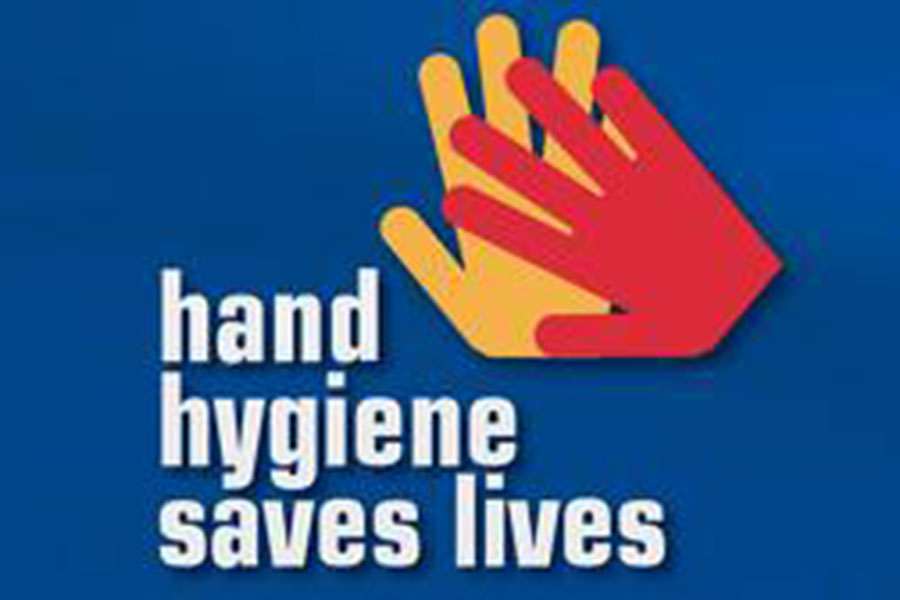The Centers for Disease Control and Prevention estimate that “2 in 100 people carry MRSA”. (Centers for Disease Control and Prevention, 2014) Hospitalized patients are usually tested prior to surgical or other invasive procedures. The screening process is painless. A cotton swab is swiped across the area that’s to be tested such as the skin, inside of the nose, groin or armpit and then sent to the lab. If the test is MRSA positive for a hospitalized patient, he/she receives intravenous antibiotics that will effectively treat MRSA. If the patient is not yet hospitalized, he/she will receive oral or topical antibiotics.
Preventing or stopping the spread of MRSA is relatively simple. Handwashing by healthcare providers, patients and visitors is critical in controlling the spread of this bacteria. This is the easiest and most effective preventative measure in decreasing the spread of MRSA and any other contagious illnesses both in the hospital and in the community settings. In addition to handwashing, there are several other ways in decreasing the possibility of bacterial transmission.
- Taking all prescribed oral antibiotic doses until gone, even if the infection or symptoms appear to be resolved.
- Keeping all wounds clean and covered with bandages until healed.
- Sanitizing all surfaces and medical equipment that have been exposed to any and all contaminants.
- Thoroughly washing linens and clothing that have been exposed or potentially exposed to the wound.
This month’s civil topic is “MRSA: Hospital or Health-Care Acquired Infection” Areas of discussion:
- MRSA transmission (10/6/14)
- Who’s At Risk? (10/13/14)
- Prevention and Treatment (10/20/14)
- Legal Implications (10/27/14)
Note: To see all posts in this topic, click here
#MRSA, #Hosptialacquiredinfection











